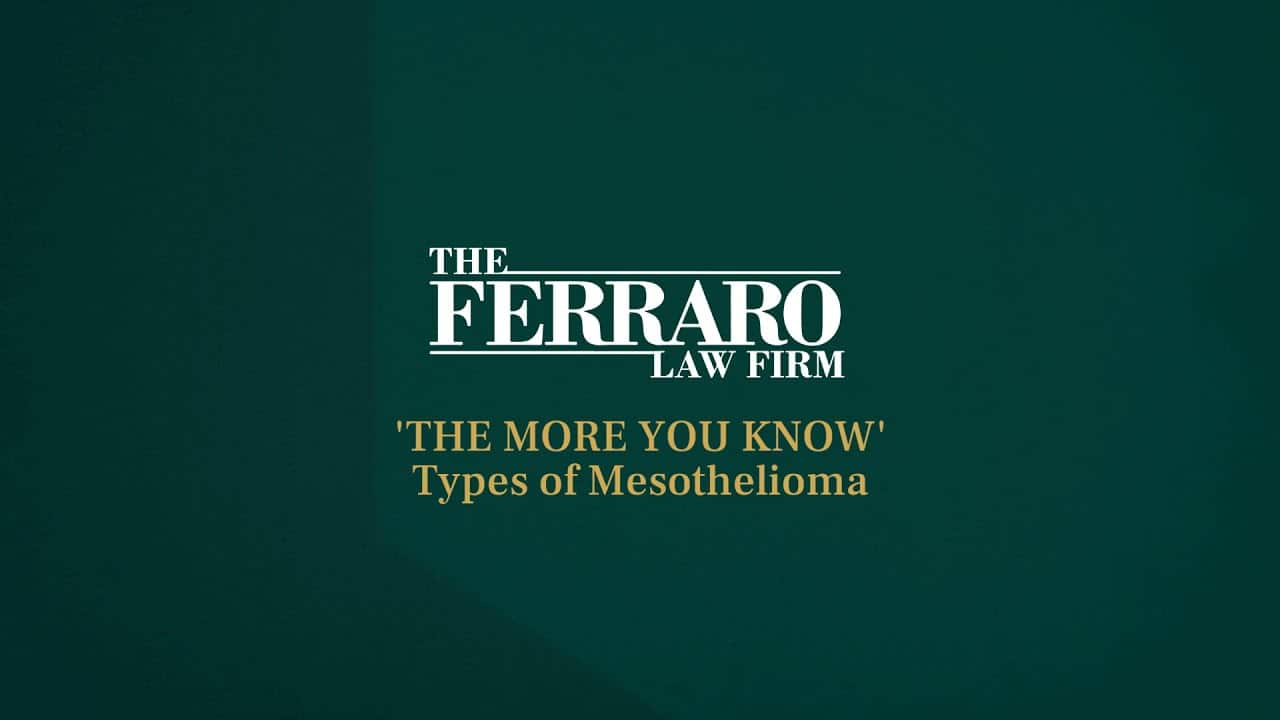If you were seriously injured, remember that it is crucial to choose the right law firm to represent your interests. We have been doing this for more than three decades, and have the resources you need to challenge any opponent.
Relyea v. Bog Warner Corp. et al. – “Vague, Speculative” Evidence Won’t Fly in Asbestos Case
In any asbestos litigation, evidence must be meticulously and thoroughly culled and skillfully presented to the court in a timely and appropriate manner. Since these cases are so incredibly complex, with histories dating back decades, it’s imperative that your attorney be organized and fully prepared at every phase of the proceedings. Evidence must be clear and succinct but still ample in a way that meets your proof burden.
This is reportedly what did not happen for one plaintiff, at least with regard to a single defendant named in her mesothelioma litigation in the U.S. District Court for the Eastern District of Pennsylvania, following transfer from the U.S. District Court for the Southern District of New York.
In Relyea v. Bog Warner Corp. et al., the plaintiff asserted that car manufacturer Nissan North American Inc. was at least partially responsible for her asbestos-related illness, claiming she was exposed to the substance while working part-time as a bookkeeper and office manager at an auto repair shop for decades.
As our mesothelioma lawyers understand, she was diagnosed with mesothelioma a few years ago, and she died in late 2012. The case was converted to a wrongful death action, and the personal representative of her estate replaced her as the plaintiff.
Prior to her death, the decedent argued the defendant produced the vehicle parts, including brakes and clutches, that were used by auto shop workers. Those parts, she contended, contained asbestos to which she was exposed and thus sickened.
The defendant moved for summary judgment, citing insufficient evidence on the issue of causation. The plaintiff countered she had provided evidence of her exposure to asbestos-laden products supplied by the defendant. She asserted she worked five years at the shop and explained her work area shared a window with the mechanics’ area, which was often clouded with dust. In some cases, she would enter the mechanics’ work area.
Although she never directly handled the products containing asbestos, she believed she was exposed, due to the fact that it existed there, the site lacked ventilation, and she frequently inhaled the dust in the work area. She offered testimony from former co-workers, who backed her assertion that she frequently entered the mechanics’ work area.
She also offered proof that some of defendant’s brakes and clutches produced during the time in question (the 1980s) contained asbestos.
However, the judge determined the plaintiff’s evidence was speculative and vague, especially considering the repair shop worked on numerous kinds of vehicles during that time, not just the defendant’s. He added a reasonable jury could not find the decedent’s illness was the result of exposure from the defendant’s components because such findings would be based mostly on conjecture.
This case is an illustration of the fact that mesothelioma attorneys must be well-prepared at every phase of the litigation process.
Table of Contents
Frequently Asked Questions: Mesothelioma & Asbestos
What is asbestos?
Why is asbestos dangerous?
What are asbestos-related diseases?
What causes mesothelioma?
What are the different types of mesothelioma?
What are common mesothelioma symptoms?
Do I qualify for compensation if I have mesothelioma?
What is the life expectancy for someone with mesothelioma?
Do I qualify for compensation if I have mesothelioma?
Help for mesothelioma victims can be found at The Ferraro Law Firm by calling (888) 554-2030. Offices in Miami and Washington, D.C.
Contact The Ferraro Law Firm at (305) 375-0111 to explore your legal options with our knowledgeable legal team.






